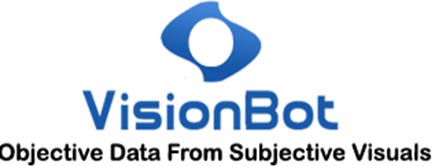
Prakash Prabhu
Chief Business Officer & Co-Founder, VisionBot
Visual AI may seem like it’s everywhere now. But, in all likelihood, there is lot to be achieved. As AI tools improve in efficiency, industries already relying more on them to boost productivity and compliance. Let us explore what Visual AI can do for the Oil & Gas industry.
Companies using AI saw the most value in manufacturing and risk management. Lately, they are seeing the most value in Operations, Marketing and Sales, Product and Service development, and Strategy.
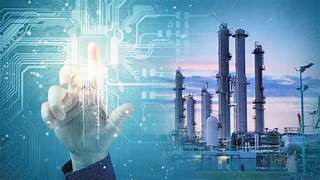
Automated Visual Inspection is rapidly entering the oil and gas industry, creating significant potential for innovation and growth. The integration of Visual AI in oil and gas holds immense promise for innovation and growth, promising to revolutionize how the industry operates. Companies can aim to create value using Visual AI instead of relying on traditional, humancentered monitoring and inspections.
Emerging technology and breakthroughs in the field of computer vision and Edge AI allow the highly scalable use of distributed computer vision applications. Those applications are becoming possible because the workloads from computer vision and AI algorithms are moved from the cloud to the edge.
network edge. With this on-device machine learning allows processing the video streams of distributed cameras in real-time, at high computational efficiency, it becomes possible to build mission-critical, large-scale computer vision systems with remote cameras connected to computing devices.
Compared to conventional IoT sensors and low-power devices, cameras provide a contactless method that provides rich information about complex objects and situations. With computers that can see, it becomes possible to automate human tasks and accelerate processes, increase operational efficiency, and reduce human error or subjectivity.
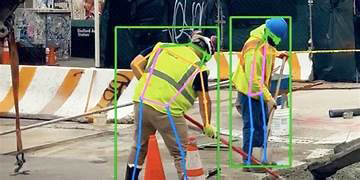
In the oil and gas sector, companies can adopt AI technologies to improve Operations, Safety and Reliability across the production and supply chain. This translates to autonomous processes, improving cost efficiencies, and reducing operational risks.
Some of the process impacted by Visual AI include:
- Maintenance and service life prediction.
- Safety and compliance monitoring.
- Reliability & business continuity.
- Risk evaluation.
- Sustainability and environmental protection.
- Non-destructive testing and inspection.
- Analyze fatigue and corrosion of systems.

Oil or Gas Pipeline Remote Inspection
Assessing large-scale network of pipelines to determine their condition and health status poses great challenges to the operators. Edge based deep learning leverage computer vision models for the by extracting critical information from the visual data of remote cameras.
DL models (e.g., R-CNN) are able to rapidly and accurately detect the damage location and level, where there is a high potential for large-scale oil/ gas pipeline assessment at both spatial and temporary scales over conventional models.
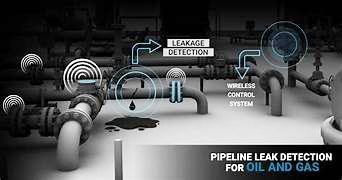
Automatic Recognition of Analog Instruments
Visual AI can be used to read analog gauges at power substations and other equipment. Cameras with edge based computer vision are used to automatically read oil level gauges, winding temperature gauges, and gas density gauges.
DL vision algorithms use color segmentation to detect the position of the pointers and scale marks. Such applications work real-time, faster and more accurately than humans and help to avoid dangerous accidents and expensive interruptions.
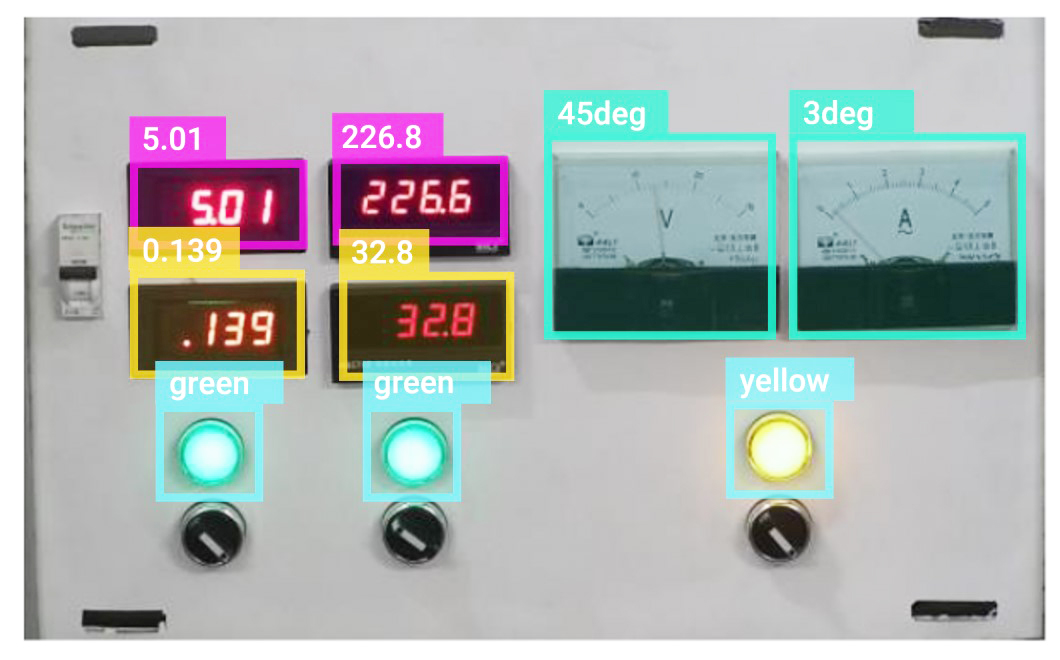
Leak Detection with Deep Learning Visual AI Models
Visual AI can used to detect gas emissions using regular infrared cameras. The automated approach simplifies the leak detection analysis with very high accuracy, as high as 90-95%. Computer vision approaches for optical gas imaging with convolutional neural networks (CNN) require training with methane leak images to enable automatic detection.
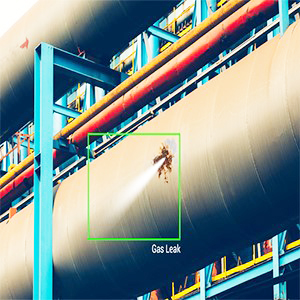
Visual Inspection for Corrosion Detection
Corrosion is a major defect in structural systems. It has a significant economic impact and can pose safety risks if left untended. Inspection tasks that must be performed periodically are often carried out manually, sometimes in hazardous conditions.
Current manual interpretation process is usually very expensive, time-consuming, and subjective. Deep learning methods can analyze the video images of cameras to automate inspection tasks. Vision AI models have been successfully applied in use cases for automatic rust detection leading to cost savings and faster, better decisionmaking of preventative or corrective measures based on quantitative insights at scale.
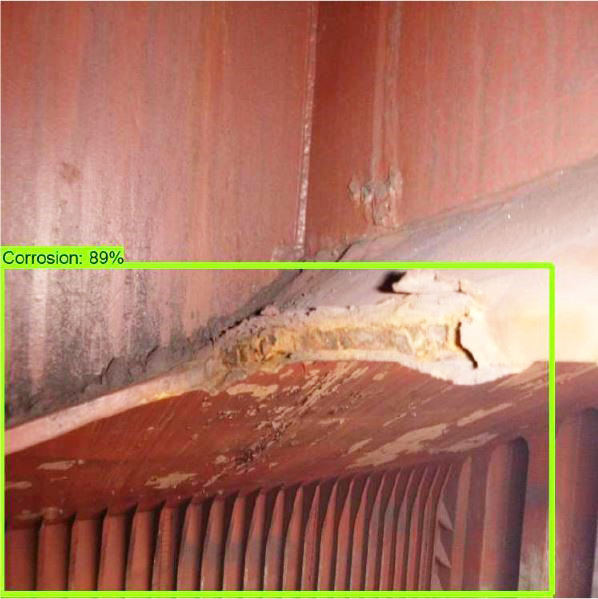
As a leading Visual AI Company, VisionBot helps to leverage the latest in computer vision technology to help businesses and organizations automate processes, improve customer experiences, and gain valuable insights in to their operations.
Connect with our experts to understand how companies are using VisionBot ™ Visual AI driven Computer Vision to strengthen security, safety and streamline operations.
We welcome Technology Integrators and sector speciality VAR’s to become a VisionBot ™ channel partner, and discover the opportunity to offer a cutting-edge AI-powered computer vision solution to your customers.
